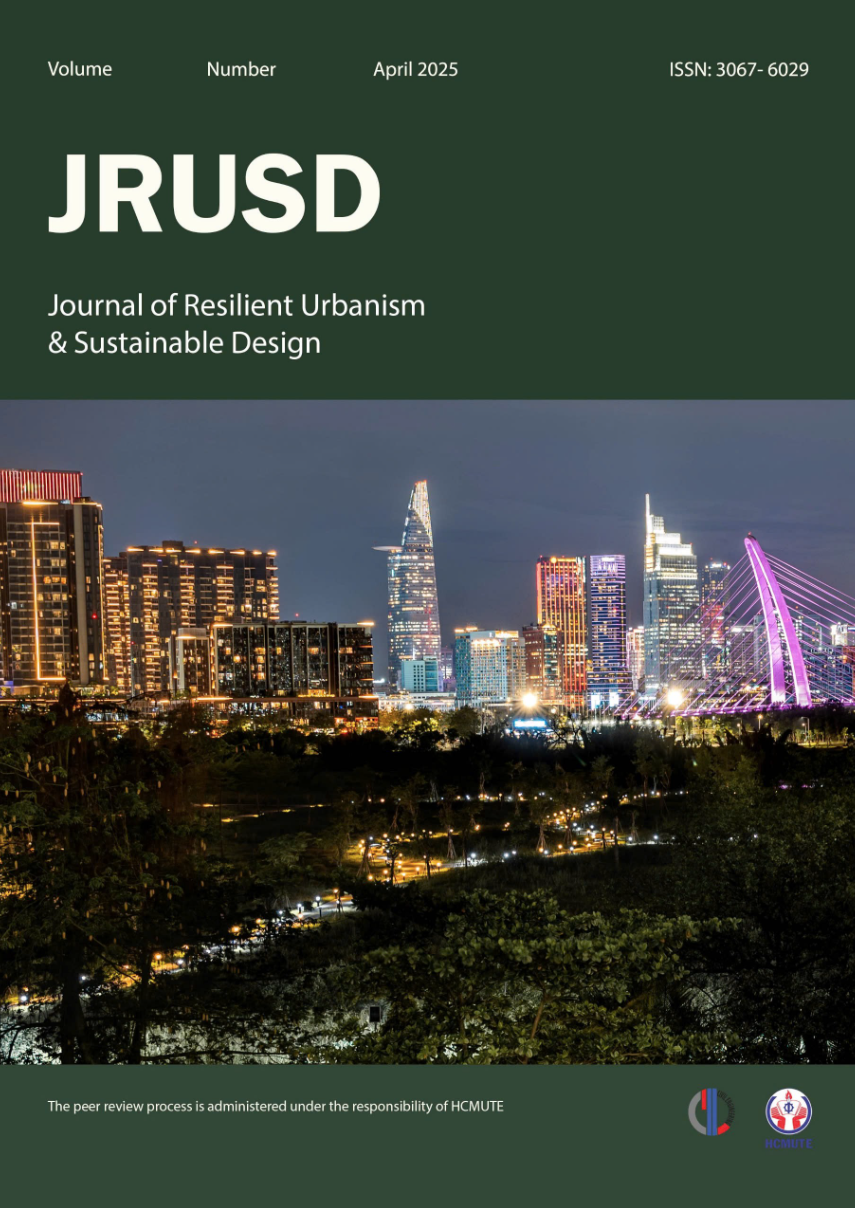A Analysis and evaluation of a traffic light control system simulation model using the NetLogo platform
Keywords:
Traffic lights, multi-agent system, Netlogo, control system optimizationAbstract
With the rapid development of means of transport today in big cities in Vietnam and developing countries around the world,, traditional urban traffic light control systems cannot allocate traffic light cycle times at intersections optimally, causing traffic congestion to become increasingly serious. With the support of Netlogo software, on the basis of multi-agent modeling, we have built an optimal simulation model of light cycle time for the problem of balancing actual traffic volume and cycle time lights at traffic intersections. We use the optimal light cycle length algorithm to calculate the traffic light cycle time within the most suitable range. The traffic flow at the intersection is set manually, thereby analyzing the effectiveness of the traffic light cycle time with the traffic flow. A loop to vary the traffic light cycle time within a reasonable computational range was applied. The final result is that, through the simulation model, traffic light cycle times can be optimally and flexibly adjusted to different traffic flows.
Downloads
Published
How to Cite
Issue
Section
License
Copyright (c) 2025 Journal of Resilient Urbanism & Sustainable Design

This work is licensed under a Creative Commons Attribution-NonCommercial 4.0 International License.



